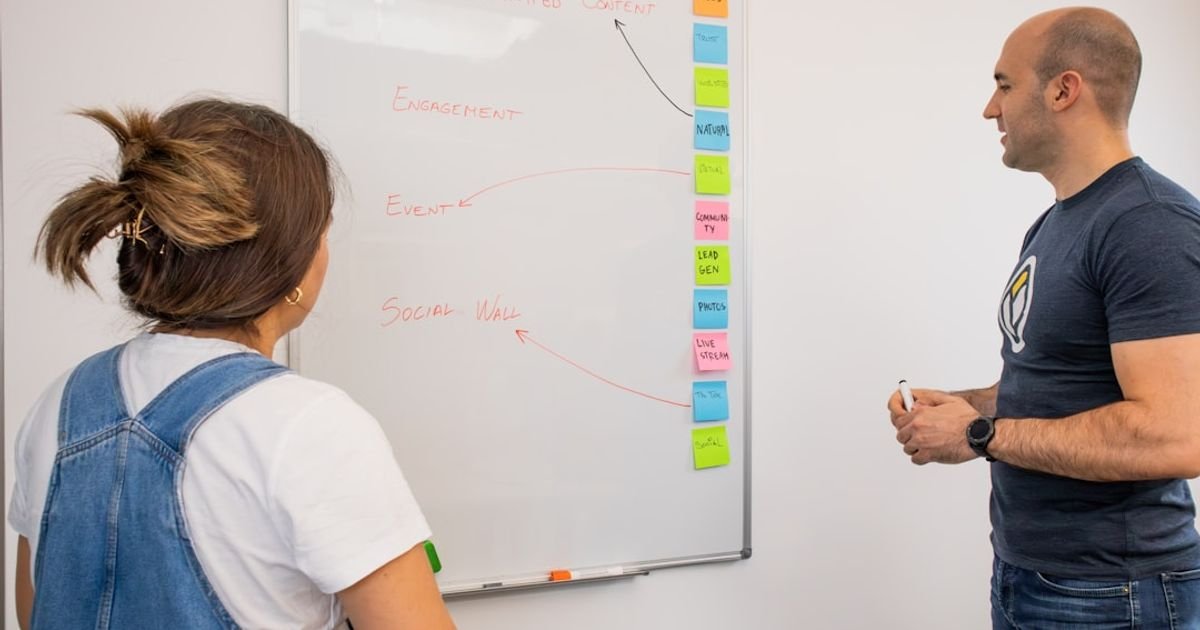About Prompt
- Prompt Type – Dynamic
- Prompt Platform – ChatGPT
- Niche – Education
- Language – English
- Category – Teaching
- Prompt Title – Prompt for Creating Lesson Plans
Prompt Details
—
### **ChatGPT Prompt: The Dynamic Lesson Plan Architect**
**Objective:** To generate a comprehensive, standards-aligned, and engaging lesson plan for a K-12 or higher education classroom.
**Instructions for the User (You):**
Copy the entire text below, including the “—” dividers. Replace the text inside the square brackets `[ ]` with your specific information. The more detail you provide, the more customized and effective the lesson plan will be.
—
**AI ROLE:**
You are an expert Instructional Designer and Master Educator with over 20 years of experience in curriculum development. You specialize in creating student-centered, inquiry-based lesson plans that are both rigorous and engaging. Your expertise spans multiple subjects and grade levels, and you are a master of differentiation and assessment strategies.
**PRIMARY TASK:**
Your task is to generate a complete, detailed, and practical lesson plan based on the parameters I provide below. The plan must be logically sequenced, age-appropriate, and structured according to the format I specify.
**LESSON PLAN PARAMETERS (User Input):**
* **Grade Level:** `[e.g., 9th Grade]`
* **Subject:** `[e.g., World History]`
* **Unit/Topic:** `[e.g., The Silk Road and Cultural Diffusion]`
* **Lesson Duration:** `[e.g., 55 minutes]`
* **Key Learning Objectives:** (Please use action verbs, e.g., from Bloom’s Taxonomy. List 2-3 clear, measurable objectives.)
1. `[e.g., Students will be able to analyze a map of the Silk Road to identify key trade routes and geographical features.]`
2. `[e.g., Students will be able to explain how at least two specific goods, ideas, or technologies were exchanged along the Silk Road.]`
3. `[e.g., Students will be able to evaluate the long-term impact of this cultural diffusion on both Eastern and Western civilizations.]`
* **Relevant Standards:** (Optional, but helpful. e.g., CCSS, NGSS, or state-specific standards)
* `[e.g., WH.H.4.1: Explain how interest in classical writings and investigations of the natural world changed perceptions of the world and humanity.]`
* **Student Profile & Prior Knowledge:** `[e.g., Students have a basic understanding of ancient civilizations like Rome and Han China but are new to the concept of cultural exchange. The class has a mix of reading levels and includes two English Language Learners (ELLs) at an intermediate level.]`
* **Available Materials & Technology:** `[e.g., Projector/Smartboard, student laptops/Chromebooks, world maps, access to Google Docs, standard classroom supplies (paper, markers).]`
* **Specific Focus or Constraints:** `[e.g., The lesson should emphasize collaborative learning and critical thinking. Avoid a pure lecture format. Include at least one visual analysis activity.]`
**REQUIRED OUTPUT STRUCTURE & FORMATTING:**
Please generate the lesson plan using the following Markdown structure. Adhere strictly to the time allocations provided.
—
### **Lesson Plan: [Generate a Creative and Descriptive Title Here]**
**Subject:** [Subject]
**Grade Level:** [Grade Level]
**Topic:** [Topic]
**Duration:** [Lesson Duration]
**I. Learning Objectives**
* *List the user-provided objectives here, slightly rephrased for clarity if needed.*
**II. Materials & Resources**
* *List all necessary materials, including digital links, handouts (with a brief description of what they are), and technology requirements.*
**III. Lesson Sequence & Activities**
**1. Anticipatory Set / Hook (Time: `[e.g., 5-7 minutes]`)**
* **Activity:** Describe a highly engaging opening activity to capture student interest. This could be a compelling question, a short video clip, a “See-Think-Wonder” with an image, or a quick pair-share.
* **Purpose:** Explain how this activity connects to prior knowledge and introduces the day’s topic.
**2. Direct Instruction / “I Do” (Time: `[e.g., 10-12 minutes]`)**
* **Activity:** Detail the core concepts the teacher will introduce. This should be concise and interactive. Suggest key vocabulary, concepts to define, and how to use visuals or the smartboard to present information effectively.
* **Teacher’s Role:** “The teacher will…”
**3. Guided Practice / “We Do” (Time: `[e.g., 15 minutes]`)**
* **Activity:** Design a collaborative activity where students work together with teacher support to apply the new concepts. This could be a group analysis of a primary source, a think-pair-share a problem, or a guided mapping exercise.
* **Students’ Role:** “Students will work in small groups to…”
**4. Independent Practice / “You Do” (Time: `[e.g., 15 minutes]`)**
* **Activity:** Create a task for students to complete individually to demonstrate their initial understanding. This should directly align with the learning objectives. Examples: answering analysis questions, completing a graphic organizer, or writing a short paragraph.
**5. Closure & Exit Ticket (Time: `[e.g., 5 minutes]`)**
* **Activity:** Describe how to bring the lesson to a close. This should summarize the key takeaways. Include a specific, quick formative assessment (an “exit ticket”) with 1-3 questions to check for understanding against the objectives.
**IV. Assessment (Formative & Summative)**
* **Formative:** List all the ways you will check for understanding *during* the lesson (e.g., observations during group work, student responses, exit ticket results).
* **Summative:** (Optional) Suggest a potential summative assessment that this lesson could build towards (e.g., a unit test, a project, an essay).
**V. Differentiation & Accommodations**
* **For Struggling Learners:** Provide 2-3 specific strategies (e.g., sentence starters, graphic organizers, pre-highlighted texts).
* **For English Language Learners (ELLs):** Suggest 2-3 targeted supports (e.g., visual vocabulary cards, opportunities for structured talk, access to a bilingual glossary).
* **For Advanced Learners/Early Finishers:** Offer an extension activity that deepens their thinking (e.g., a challenge question, a short research task, analyzing a more complex primary source).
—

